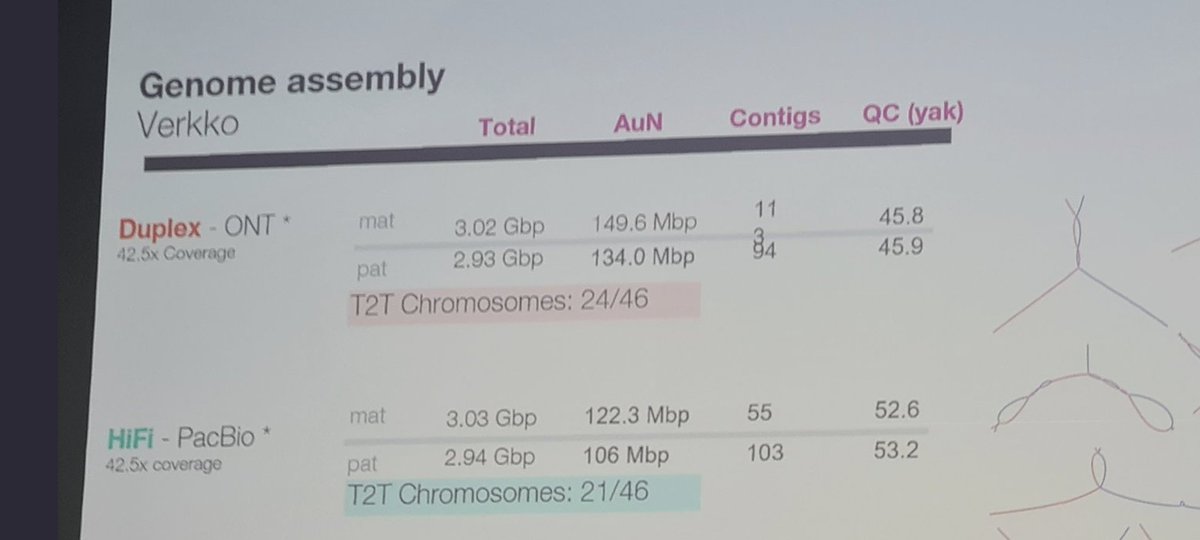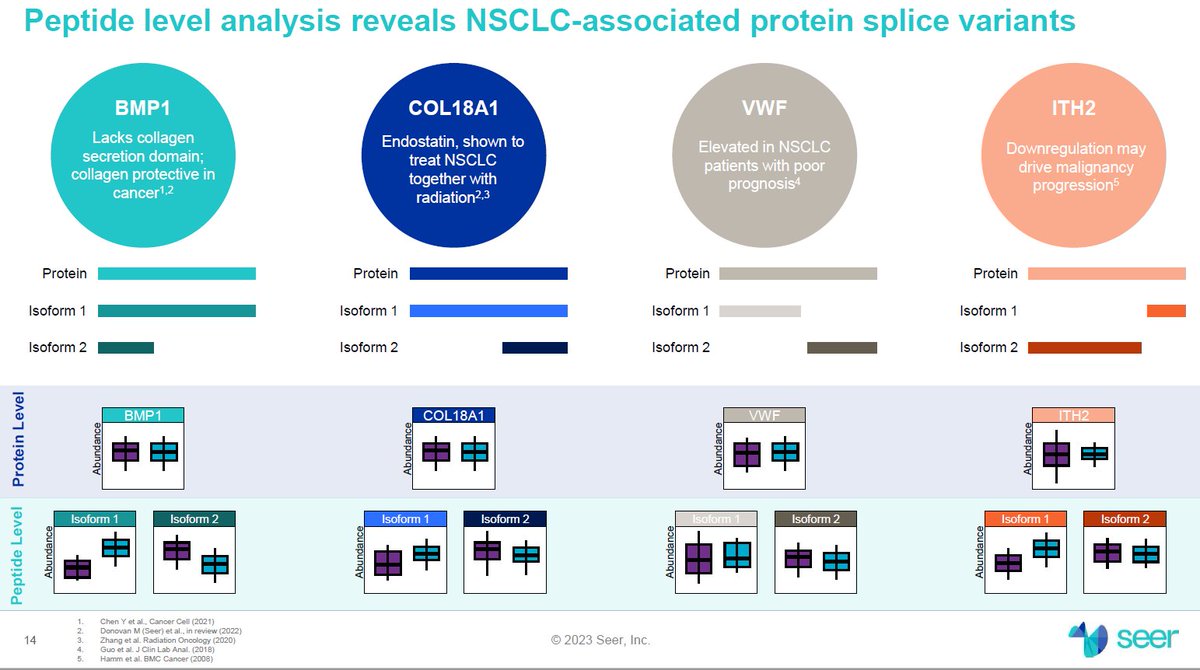
In #NextGenerationProteomics news, today we cover the basics of Proximity ligation assay (PLA) technology, also known as proximity barcoding assay technology, which is a method for detecting protein-protein interactions in cells or tissues.
The assay is based on the principle of ligating two probes (such as antibodies) that are in close proximity to each other, typically within a few nanometers. The ligation reaction produces a circular DNA molecule that is amplified by polymerase chain reaction (PCR) and
can be detected by sequencing or by fluorescence-based microarray readouts. The technology allows for the quantification of specific protein interactions in complex biological samples and can be used for a variety of applications, including drug discovery,
protein biomarker validation, and protein expression analysis. An example use of the technology can be that of a case/control proteomics analysis:
A case/control analysis of protein presence and abundance involves comparing the levels of specific proteins between two groups: a "case" group, which represents individuals with a particular disease or condition of interest, and a "control" group, which represents individuals
without the disease or condition. The goal of this analysis is to determine if there is a significant difference in the levels of specific proteins between the two groups.
For example, let's say that a researcher is interested in studying the presence and abundance of a protein (protein X) that is believed to be involved in the development of a particular type of cancer. The researcher collects tissue samples from a group of individuals with
the cancer (the case group) and a group of healthy individuals (the control group). The samples are then subjected to a proteomics analysis to determine the levels of protein X in each sample.
The results of the assay are then analyzed to compare the levels of protein X between the two groups. If there is a significant difference in the levels of protein X between the two groups, this suggests that the protein may play a role in the development of the cancer.
On the other hand, if there is no significant difference, this suggests that the protein is unlikely to play a role in the development of the cancer. This type of case/control analysis can be used to gain insights into the presence and abundance of specific proteins in
various diseases and conditions, and can inform the development of new diagnostic tests and treatments. Extending the reasoning of the analysis of "protein X" to a group of proteins, for example, 100 different proteins, or 1000, or 7,500, with an NGS readout, is what $OLK Olink
is doing in the field of next-generation proteomics.
Sensitivity via a two-mAb system is one of the advantages of the Olink method. The disadvantage is that it is limited to the probes that have been designed, so it's not a de novo discovery tool.
The method is currently limited to how many probes can be added to a panel. Larger panels will grow the TAM for these type of technologies. So if Olink is capable of execution into both larger panels and its commercial reach, they have a bright future ahead of them.
Olink is not the only player in this new wave of proteomics assays, and others apply similar methodologies to them, with small differences, like SomaLogic. Other technologies, such as the ones from Seer, Nautilus Bio, Quaterix, MesoScale or Luminex are offering equivalent
methods that either have different depth (number of samples/proteins) or amplitude (log-scales of quantitation).
Finally, companies such as Quantum-SI are doing de novo protein sequencing, which means they can be used as a discovery tool, rather than based on panels.
Finally, companies such as Quantum-SI are doing de novo protein sequencing, which means they can be used as a discovery tool, rather than based on panels.
Erisyon and Encodia can also be put in a similar bucket by a broad definition of "de novo". Oxford Nanopore has shown interest in the space but no POC as of yet.
More on #Proteomics of the Next-Generation at bit.ly/ngps-slides
• • •
Missing some Tweet in this thread? You can try to
force a refresh















